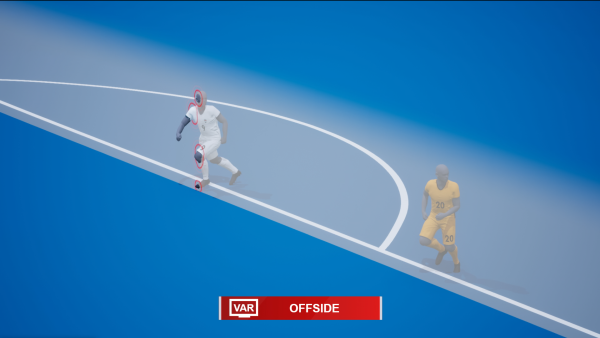Soccer is the biggest sport on the planet and one that is enjoyed in every corner of the world. Although it has plenty of domestic top-flight leagues to follow each season, such as the Premier League or La Liga, and other engaging European competitions, such as the UEFA Champions League, its premier event is the World Cup. The next instalment of this headline-grabbing tournament is scheduled for late 2022 in Qatar.
Passionate soccer fans will already be looking over the teams involved in FIFA 2022 World Cup, as well as analysing how the groups look and trying to work out who might win the trophy. This is not only great fun but worthwhile if you plan to bet on the 2022 World Cup. By narrowing down which teams stand the best chance, you can put your money to better use. Just make sure to look into the best world cup betting odds first, in order to get the best deal on your wagers.
Haaland has made Premier League his favorite farmland💯#Haaland #ManCity pic.twitter.com/Q62qUybV9E
— FootTheBall FC (@FootTheBallFC) October 11, 2022
Semi-automated offside technology to appear
Keen football fans will know that the location and subsequent date change for when this event will take place has caused a stir. This is not the only thing people are talking about though. Semi-automated offside technology is also set to make an appearance.
This new technology in soccer should help on-pitch referees make the right call when it comes to offside decisions in games. Although the technology will provide assistance to referees when making offside decisions, the final call will remain with on-field officials.
FIFA reports that using this tech in the upcoming World Cup will cut decision-making time on offsides by up to 70%. If this is true, then it should lead to fewer delays in games. Of course, the other main hope is that this tech will lead to more accurate offside decisions being made.
How does this technology work in practice?
World Cup 2022 is set to have plenty of group-stage games to catch, plus lots of goals, action and drama. It will also include a major step forward for soccer tech when the semi-automation of offside calls makes its presence felt.
The technology uses multiple cameras positioned around the stadiums in Qatar and a powerful microchip placed in the actual ball. The chip in the ball communicates with the tracking cameras in the stadiums to give real-time accurate ball positioning data. In addition, the cameras provide 29 points of data around the exact position of each player on the field.
All this is collated by sophisticated AI software and an alert is sent to the video assistant referee (VAR) officials when an attacker is thought to have received the ball while offside. VAR officials double-check this alert and then inform the on-field official if they think the player was offside. It is then up to the on-field referee to make the final call, based on what he is being told. It is also thought that footage to explain the VAR decision will be shown on big screens in stadiums for fans and officials to see.
View this post on Instagram
What it might mean for football?
As mentioned above, the big advantage with this technology is that faster and more accurate offside decisions should be made. By using technology to make informed, correct offside calls, this tech should also eliminate the controversy around offside decisions. The decision to show VAR thinking on big screens to fans also seems to be a good move and should help people feel more comfortable with this tech.
Of course, it might not all be positive when it comes to semi-automated offside assistance. Some fans do not like the increasing use of tech in soccer and prefer to let the human referee on the field to make all the decisions, based on what they see.
Many people may also find this tech a bit pointless and something which could slow matches down. If the on-field officials have the final call anyway, why not just let them do that in the first place – without any tech intervention or delays?
You also need to factor in that this tech could actually introduce more controversy. As with VAR, tech like this can still come down to a judgement call somewhere along the line and this means it cannot eliminate controversial decisions. There could also be controversy around how it is implemented – will players be called offside if only a toenail is in the wrong place?
Offside calls at 2022 World Cup will feel different
Although this tech has been tested recently with success at a few smaller tournaments, 2022’s World Cup in Qatar will be the first major competition it will be used at. If it works as FIFA hopes, it should clear up any drama or confusion around offside calls.




